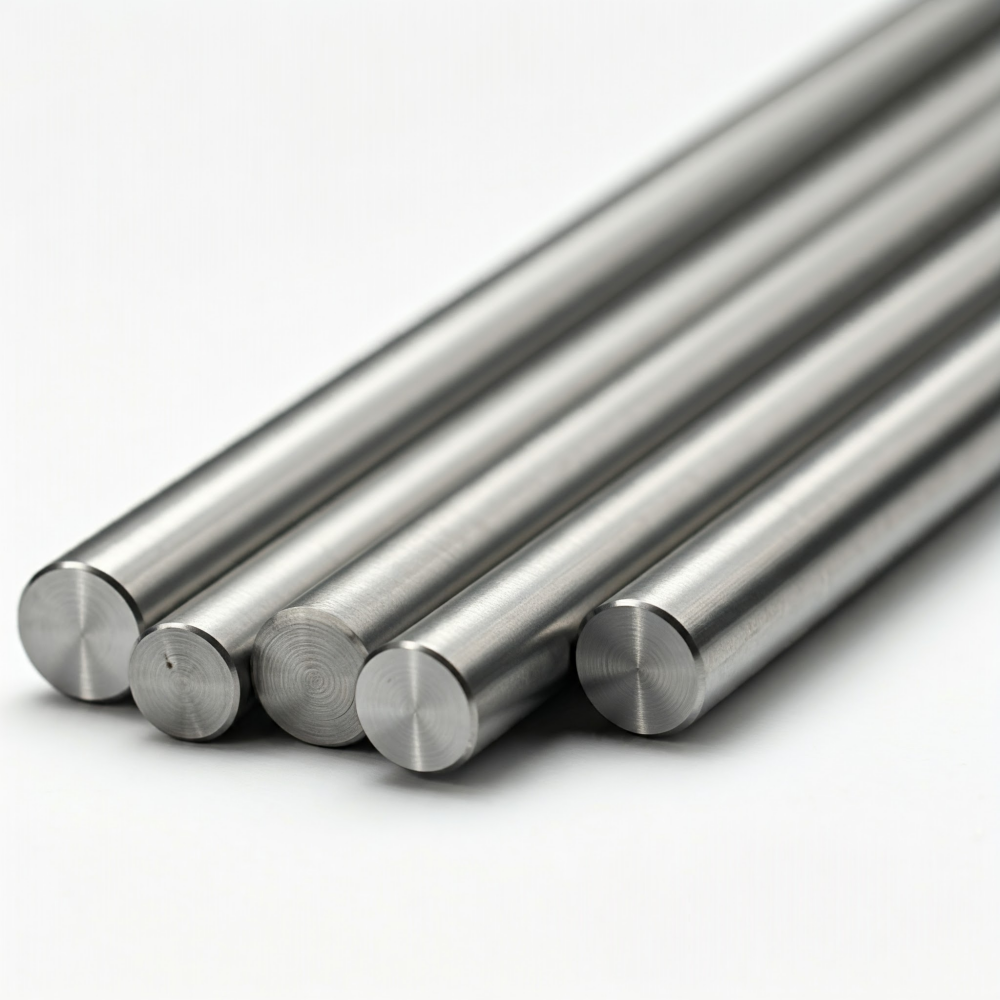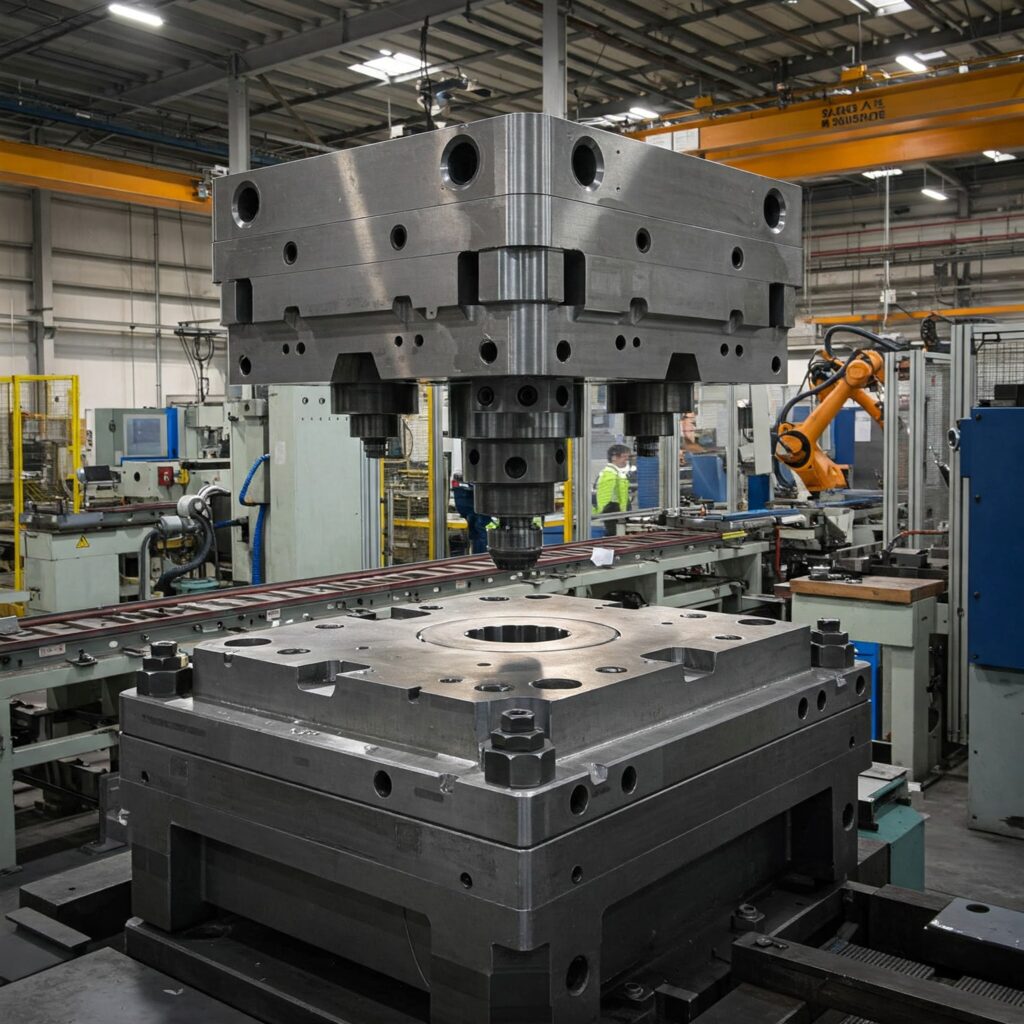Hardness is a fundamentally critical property for tool steels, directly influencing their ability to perform effectively in diverse applications ranging from cutting and forming to shaping various materials. Without adequate hardness, a tool steel cannot withstand the substantial loads imposed upon it during service.
One very important use of tool steel is for cutting or forming other metals and materials. The hardness of cutting tools must be higher than that of the material being cut to ensure good wear resistance and effective processing results.
We will discuss the importance of hardness for tool steel from the perspective of its application.
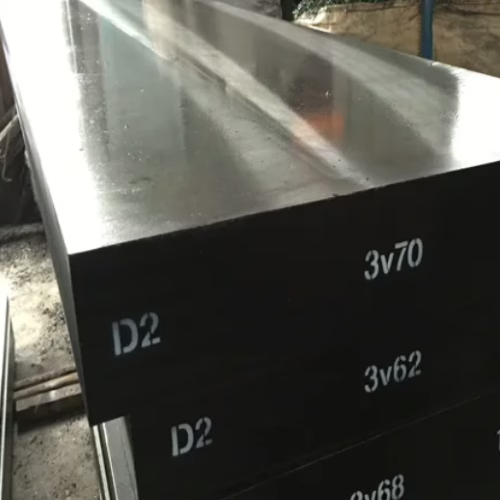
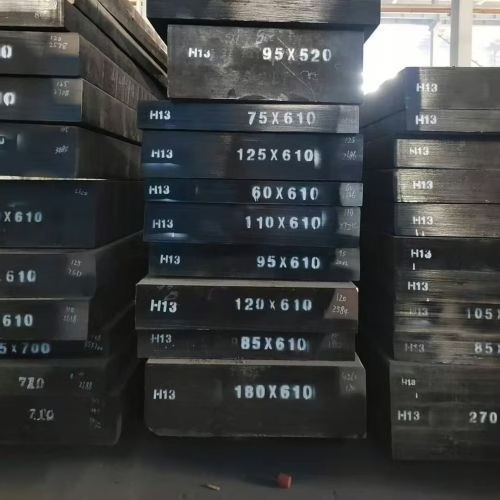
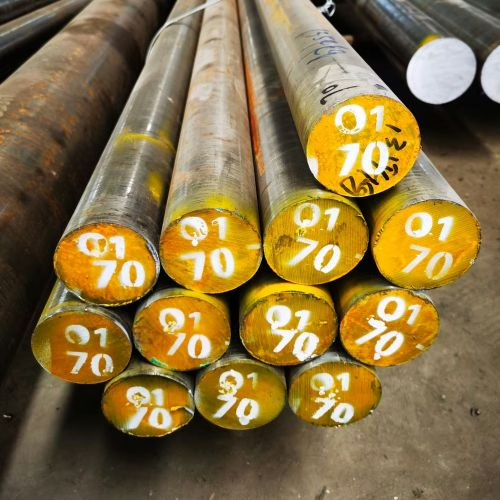
Wear Resistance
Hardness is a major factor in determining a tool steel’s resistance to abrasion and wear. Achieving higher hardness in tool steel is an important goal when encountering highly abrasive cutting conditions.
Heat treatment is the most commonly used method to achieve high hardness in tool steel. The principle is that heat treatment causes tool steel to form vanadium-rich MC types (2300-3000 HV), molybdenum-rich M2C (1700-2000 HV), tungsten/molybdenum-rich M6C (1400-1700 HV), chromium-rich M23C6 (1100-1400 HV), and M7C3 (900-1500 HV), which are harder than the martensitic matrix (~950 HV) and significantly improve wear resistance1.
Hot Hardness (Red Hardness)
Hot hardness is the ability to retain high hardness at elevated temperatures. When cutting metal with tool steel, high temperatures are generated; therefore, it is particularly important that tool steel can maintain its high hardness at high temperatures. For this reason, a subcategory of tool steel known as high-speed steel was developed. Through adjustments to chemical composition and heat treatment, high-speed steel can maintain high hardness at high temperatures. The most common high-speed steel is M2 tool steel. The most common high-speed steel is M2 tool steel, also known as M2 high-speed steel or M2 HSS.
Cutting edges made of high-speed steel can maintain high hardness at temperatures of 540°C (1000°F) or higher. The alloying elements in their composition, such as molybdenum, tungsten, vanadium, and cobalt, give high-speed steel its high-temperature resistance to softening.
For hot work steels, tempering resistance is a critical property, as tools are continuously heated during use. The most common hot work tool steel is H13 tool steel.
Toughness
Hardness and toughness are typically inversely proportional: increased hardness often results in reduced toughness. Tool steel is designed to maximize hardness, strength, and wear resistance, often at the expense of some toughness. Carbides can improve hardness and wear resistance, and can also act as crack initiation sites, reducing toughness, especially if they are large or segregated.
Proper heat treatment, including lower austenitizing temperatures or controlled tempering, can enhance toughness for a given hardness and grade. However, excessively high hardening temperatures can lead to grain coarsening and a significant reduction in toughness.
Therefore, tool designers often face a trade-off to achieve an optimal combination of properties. For example, A2 tool steel has better toughness than D2 tool steel.
Role in Machinability and Grindability
Hardness determines the machinability of tool steel. D2 tool steel is a typical high-hardness tool steel that is difficult to machine. D2 tool steel is a typical high-hardness tool steel that is difficult to machine. In practical applications, when high hardness is a requirement for tool steel, D2 is a good choice. At the same time, we must also address its difficult-to-machine characteristics.
High-carbon tool steels typically machine best with a spheroidized microstructure, where a softer matrix allows the cutting tool to push aside hard spheroidal carbides. Cold working can improve machinability by increasing hardness, which causes chips to tear away more readily and break up easily, reducing tool wear.
Grindability, the ease with which a material can be ground, generally decreases with increasing hardness, carbide content, carbide hardness, and carbide size. This creates an inverse relationship between grindability and wear resistance.
Heat Treatment and Hardness Control
Heat treatment has a decisive effect on the hardness of tool steel. Hardness is a common acceptance criterion for heat-treated tools. It involves transforming annealed steel into a hardened and tempered martensitic structure with specific carbides, resulting in cutting tool properties. Common heat treatment steps include austenitizing, tempering, and quenching. Specific heat treatment data for different tool steels can be found on our website’s specific tool steel page.
Summary
Hardness is paramount for tool steels, dictating their ability to cut, resist wear, and perform at elevated temperatures. However, its pursuit must be carefully balanced against other crucial properties, such as toughness and machinability, often requiring strategic material selection and precise heat treatment to achieve the optimal combination for a specific application.
- Mesquita, R. A. (2014). Tool Steels: Properties and Performance. CRC Press. ↩︎
Get a Competitive Quote for Tool Steel
With over 20 years of forging expertise, Aobo Steel is your trusted partner for high-performance tool steel. We provide not just materials, but solutions. Leverage our deep industry knowledge and reliable supply chain for your project’s success.
✉ Contact us by filling out the form below.

